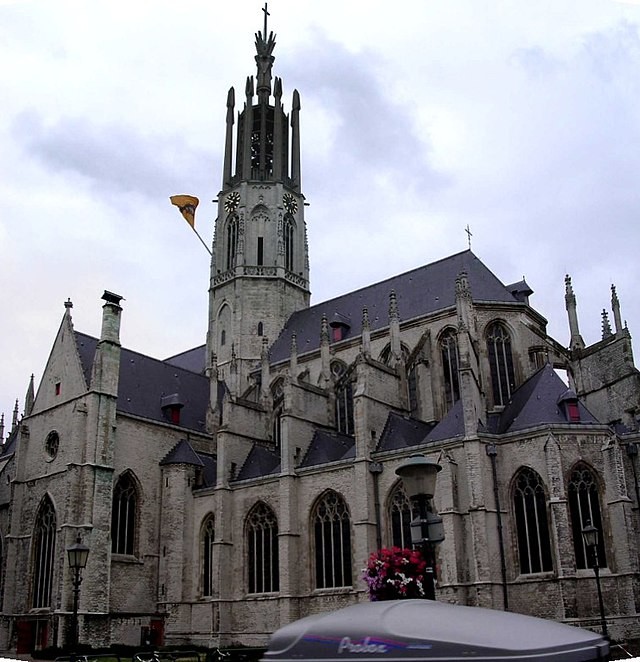This was a perfect viewpoint, overlooking the east of Zeeuws-Vlaanderen and the Scheldt estuary. The German soldiers carved a swastika in the floor and wrote Nazi texts on the walls. The wooden tower was an important target for the Allies, but it proved difficult to hit. It took twenty direct hits for the spire to collapse.
A competition was written out for a new spire in 1950 and 1953. The design of the, at the time unknown, architect Jan Brouwer was deemed the best. Brouwer had devised a contemporary spire, “a symbol of the city in the landscape”. The German inscriptions were preserved as a memento.
